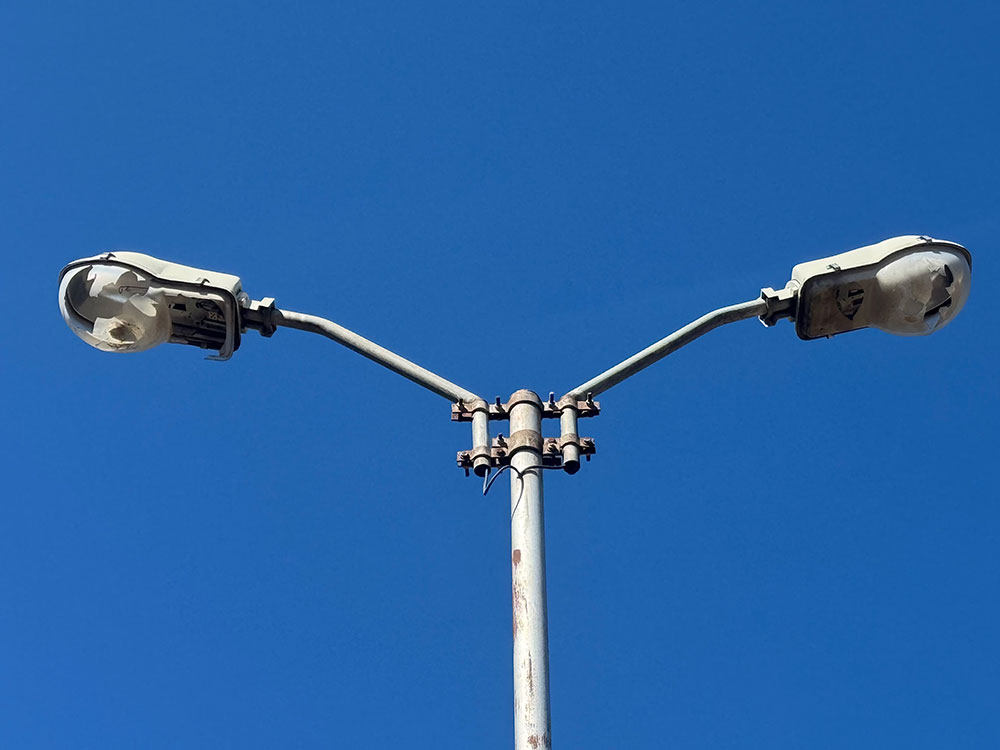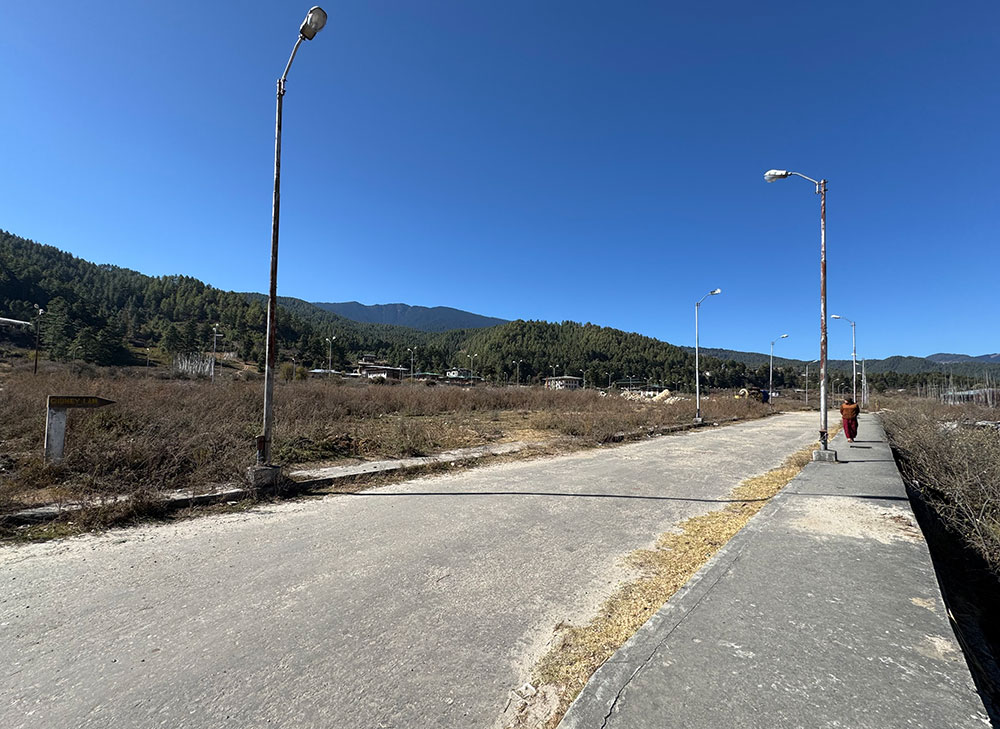Lhakpa Quendren
Bumthang—Urban planning failures and poor political decisions often result in significant wastage of state resources. Why does this keep happening?
In Dekiling, Bumthang, the evidence of neglect speaks for itself. Two decades after the township plan was initiated in 2003, the project remains stalled, leaving residents disheartened.
While urban infrastructure funded by the World Bank was completed by 2008, progress came to a halt. Today, the area is plagued by potholed roads, broken streetlights, damaged sewage systems, clogged drains, and overgrown bushes.
What Dekiling needs now is action—decisive, urgent, and pragmatic—not excuses or empty promises.
Opinions are divided over why old Dekiling town development project failed. Some cite limited space, with only 80 plots unable to accommodate all business license holders. Others point to political disagreements as the root cause.


One resident said, “With changes in the elected government, nothing has progressed—not even a small pan shop has been established.” This lack of foresight has reportedly led to setbacks, costing millions of ngultrums.
“Land acquisition for the project affected residents, but the abandoned plan has benefitted neither individuals nor the government,” he added.
Adding to the frustration, some residents claim that documentation on the disagreements is missing from the Dzongkhag administration.
Except for 3.1 acres of government-reserved land, the remaining plots in the old Dekiling town have been returned to a private individual, as the landowner holds the legal ownership certificate (Lag Tharm).
Dzongkhag officials clarified that the old Dekiling town plan is part of the broader Bumthang valley development plan, which covers 516 acres and includes three local area plans—Dekiling, Chamkhar, and Jalikhar.
The original plan for Dekiling envisioned a centralised town similar to Bajo and Khuruthang. However, with the growing population, the Bumthang valley development now follows a more diversified model.
“Centralised towns were once ideal for business and marketing activities when the population was smaller, but this model has become less practical today,” said the official.
The official added that while infrastructure is managed under the Dekiling Local Area Plan (LAP), some minor maintenance is overdue. For instance, the old sodium vapour streetlights should be replaced with energy-efficient LED bulbs to reduce energy consumption.
Some argue that the planned relocation of the Wangdicholing General Hospital to the old Dekiling town, on the 3.1-acre State-reserved land, will require disrupting the existing infrastructure for construction.
The dzongkhag administration has designated this area for the hospital, expected to be included in the 13th Plan.
However, there are no clear timelines for finalising the budget or implementing the project.
Chhoekhor-Tang’s Member of Parliament (MP), Kuenzang Thinley, confirmed that the relocation plan is active and will be prioritised accordingly.
“I visited the hospital, met with the administration to understand the plans, and am closely following up with relevant stakeholders,” he said.
The hospital, built in the late 1970s, poses a fire hazard due to its wooden construction. Additionally, there is no space to reinforce or expand the current reinforced cement concrete structure.
The dzongkhag administration plans to convert the existing hospital building into a museum.


